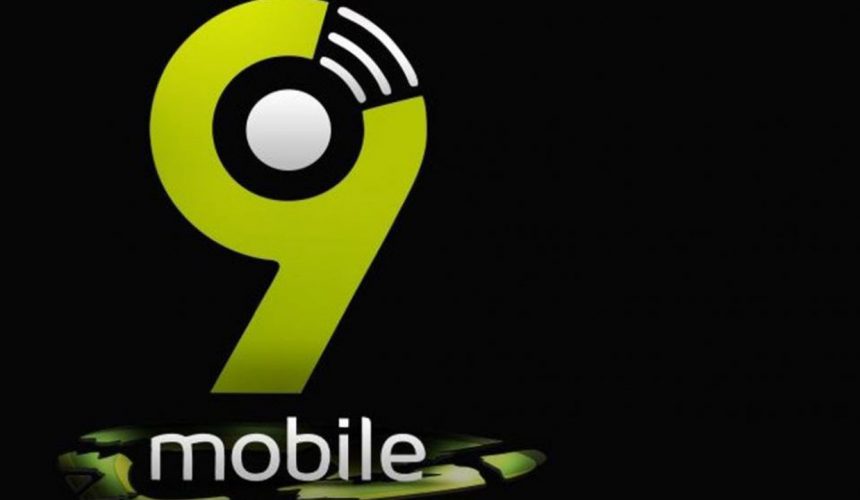
Communication in the “new normal”
Humanity has come a long way from the early days of communication, when a messenger on a horse carried letters across the country, and later when Alexander Graham Bell patented the telephone in 1876. Do you still remember when you could send post by “airmail”?
In the last few decades, we have progressed from fixed-line telephones, fax machines, pioneering mobile technology, and snail mail to what we use today: instant communication, everywhere! Whether you are using voice, text, images, social media, or robust online video collaboration systems, communication is available to almost everyone, and indeed enables the modern-day mobile and remote workforce.
If these technologies did not exist, working from home would have been impossible with the majority of organisations unable to continue working during this global crisis, responsible for so many “lockdowns” across the globe.
Undoubtedly, this new way of working poses particular challenges.
For example, previously, office workers predominantly communicated face to face, or by telephone in a controlled environment within an organisation’s offices, making it relatively easy to control and monitor the quality and content of the communications.
I believe that the restrictions imposed on office working during the lockdown have changed the game forever! Organisations and their workforce have become accustomed to working remotely and have to find ways to manage and control people and their remote interactions. Fortunately, due to these same technological advances, it is easier than you think.
A great benefit is lower operating costs by enabling your workforce to work remotely. For example, specific call centres employ agents by the hour and manage their performance based on their logged-in time and productivity through hosted workforce management software. So where is the benefit you ask? These call centres no longer have agents late for work due to traffic, office space costs reduce drastically, and agent scaling based on busy periods can be done quickly over peak hours or busy periods.
So, I guess the challenge remains: How do you manage and control the interactions between your workforce and customers? How do you resolve communication problems and mitigate risk? How do you keep a comprehensive record of what took place during these interactions and manage this information afterward? Now more than ever, it is essential to keep a complete record of communication to protect the company.
In this “new normal” that we are now moving towards, we will most likely see a considerable shift from in-store to online shopping, a move towards more online instead of in-branch interactions. Customers will want to continue to communicate remotely using modern communication tools.
So, I guess the big question really would be – is your organisation ready for this?
Written by Paul Fick, MD DataVoice




Comment
No comments found.